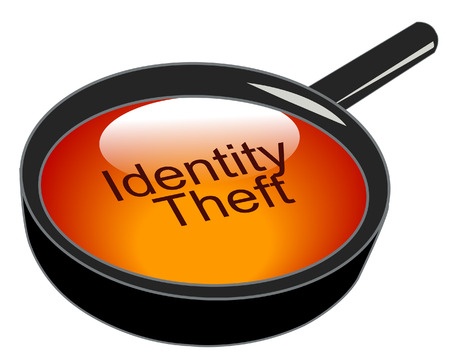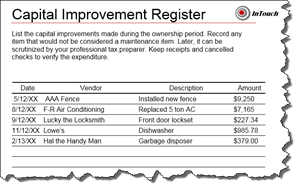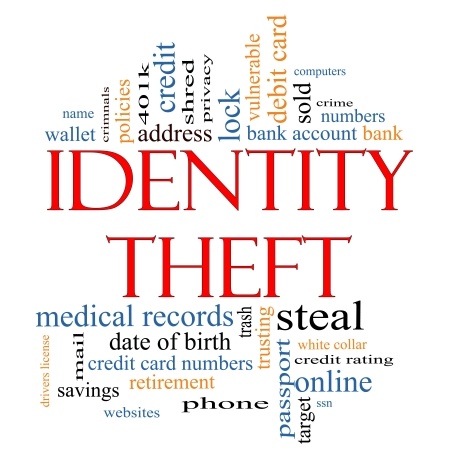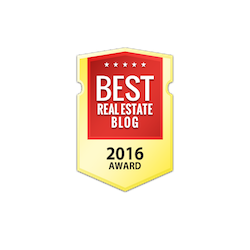Realize Tax Savings Sooner
A homeowner’s tax saving benefit is generally realized when they file their federal income tax return after the money has been spent for the interest and property taxes. Some people look forward to the refund as a means of forced savings but some people need to realize the savings during the year.
 It is possible to adjust the deductions being withheld from the homeowner’s salary so they realize the benefit of the savings prior to filing their tax returns in the form of more money in their pay checks. Employees would talk to their employers about increasing their deductions stated on their W-4 form.
It is possible to adjust the deductions being withheld from the homeowner’s salary so they realize the benefit of the savings prior to filing their tax returns in the form of more money in their pay checks. Employees would talk to their employers about increasing their deductions stated on their W-4 form.
By increasing the exemptions or deductions, less is taken out of the check and the employee will receive more in each pay check. If a person over-estimates their exemptions and therefore, underpays their income tax, they might incur interest and would have additional tax to pay when they filed their tax return.
Buyers considering this strategy should seek tax advice and discuss it with their human relations department at work. Additional information is available on the Internal Revenue Service website about Completing Form w-4 and Worksheets.
Information provided by Montgomery Realtor Sandra Nickel and The Hat Team.



 Actually, no. Unfortunately, there are clever identity thieves waiting at that end of your relocation, also, and your
Actually, no. Unfortunately, there are clever identity thieves waiting at that end of your relocation, also, and your  Single family homes for rental purposes offer an excellent rate of return in an investment that most people understand better than other investments. The concept is simple: stay with predominantly owner-occupied homes in a slightly below average price range. In most areas, tenants are easy to find and they’ll usually stay two to three years or more.
Single family homes for rental purposes offer an excellent rate of return in an investment that most people understand better than other investments. The concept is simple: stay with predominantly owner-occupied homes in a slightly below average price range. In most areas, tenants are easy to find and they’ll usually stay two to three years or more. Improvements must add value to your home, prolong its useful life or adapt it to new uses. Repairs are routine in nature to maintain the value and keep the property in an ordinary, operating condition.
Improvements must add value to your home, prolong its useful life or adapt it to new uses. Repairs are routine in nature to maintain the value and keep the property in an ordinary, operating condition. information behind that others can use---mail that is not rerouted to our new address, important papers that aren't shredded but left in the trash, or through hiring rogue movers. The
information behind that others can use---mail that is not rerouted to our new address, important papers that aren't shredded but left in the trash, or through hiring rogue movers. The  affected, it is only natural that we ask ourselves,” Would I be able to sustain such losses? Would my homeowners insurance policy cover the costs of rebuilding my home?
affected, it is only natural that we ask ourselves,” Would I be able to sustain such losses? Would my homeowners insurance policy cover the costs of rebuilding my home? Victims of Murphy’s Law can attest that their air conditioner goes out on the hottest day of the year or the water heater fails when you have out of town visitors.
Victims of Murphy’s Law can attest that their air conditioner goes out on the hottest day of the year or the water heater fails when you have out of town visitors. Years ago, real estate investors used to accept negative cash flow buoyed by tax incentives in hopes of making a big payday due to appreciation when they sold it. Today’s investors are focusing on tangible, current results like cash flow and equity build-up.
Years ago, real estate investors used to accept negative cash flow buoyed by tax incentives in hopes of making a big payday due to appreciation when they sold it. Today’s investors are focusing on tangible, current results like cash flow and equity build-up. How old is your bedroom furniture and what did you pay for it? Don’t know? That’s okay, let’s try an easier question. When did you buy the TV in your family room and is it a plasma, LCD or a LED?
How old is your bedroom furniture and what did you pay for it? Don’t know? That’s okay, let’s try an easier question. When did you buy the TV in your family room and is it a plasma, LCD or a LED? Interior updates:
Interior updates:






